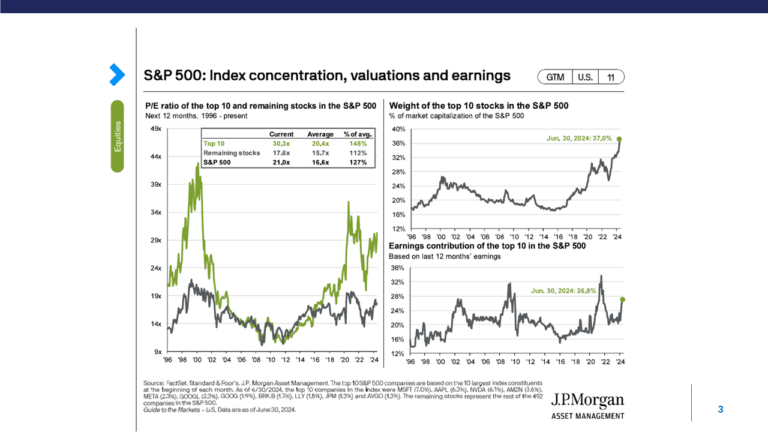Are you feeling frustrated on days when you hear the “market” has risen sharply but the gain in your portfolio doesn’t match popular market averages? You shouldn’t: If you have a well-diversified portfolio, it is probably doing just what it’s supposed to do.
Always remember that there is a big difference between a diversified portfolio and “the market.” A diversified portfolio should include a mix of big and small stocks, domestic and international stocks, emerging markets stocks, government, corporate and/or municipal bonds, and commercial real estate investment trusts.
“The market” is a measure that should include all of the publicly traded securities in the world. However, there is no easily accessible and long-term measure meeting those criteria. Most market indexes cover just a small portion of the world’s publicly-traded investment assets.
For instance, the Standard & Poor’s 500 Stocks Index tracks the 500 largest stocks of U.S. companies. It leaves out thousands of smaller U.S. stocks and all international stocks. It doesn’t cover the bond market at all. On any given day, the S&P 500’s activity tracks just those 500 stocks, but its results may differ from that of smaller stocks, international stocks, and the like.
The S&P 500 was created by investment professionals to give them a quick read on large American stocks. But it won’t reflect the activity of a diversified portfolio that contains lots of investments not included in the index.
Even worse is the Dow Jones Industrial Index, which reflects the activity of just 30 large U.S. stocks. There are days when just one stock in the Dow soars and pulls the index up, while other indexes – even the S&P 500 – are flat or down. The Dow is a very ineffective indicator of how a diversified portfolio is doing.
It is very important to remember that your diversified portfolio and popular stock market indexes were created for very different purposes.
A diversified portfolio should reflect your goals in life and your ability to withstand investment downturns. It should be designed to help you achieve your long-term goals with the least volatility possible.
Market indexes were created to track specific segments of the stock, bond, and other investment markets. They are not an investment goal. Your portfolio’s mission is quite different. Designing it to match or exceed a specific index may subject you to dangerous risks and might prevent you from achieving long-term goals such as retiring in comfort or putting your children through college.
Richard Schroeder, CFP®
Chief Investment Officer


